Rose of Alaska (Alaska)
Alaska is a German-bred climbing rose variety. Bred by Tim Herman Cordes in 2005. Produced by crossing the 'Moonlight' climbing rose with a seedling. Introduced in Germany in 2014 by W.Kordes & Sons, a selection and production company of roses. The registration name is KORjoslio. Other variety names: 'Future', 'KO 05 / 2528-01'.
The bush is vigorous, dense. Shoots are strong, flexible. The foliage is glossy, dark green. The height of the plant is two meters (in warm regions it can reach 2.5 m), the width is one meter.
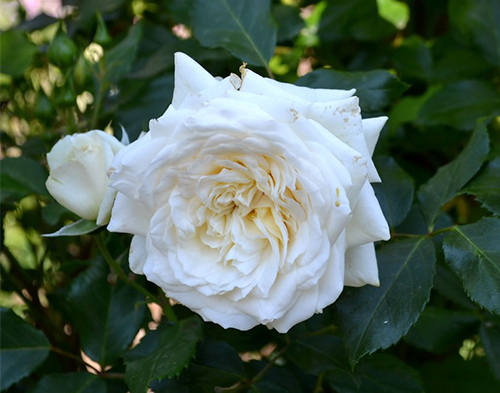
Dense double roses, 6 - 8 cm in diameter, contain more than 40 petals. Collected in inflorescences, consisting of 3 - 5 buds. They have a subtle fruity aroma. The flowers are creamy white with a pink tint at the edges of the petals. When blooming, they acquire a creamy matte shade. In high humidity and low temperatures, the color of the flowers may turn pink.
Resistance to powdery mildew and black spot is high. But in preventive measures, it is recommended to plant these plants in spacious areas, where air currents quickly dry the leaves, reducing the risk of developing diseases.
Alaska, like any other climbing rose, does not like close planting, low-lying and swampy places. Prefers sun and warmth, fertile, loose soil with good drainage.
This variety is suitable for cultivation in central Russia, provided that it is planted in a place protected from cold winds. USDA frost resistance zone: 6 (up to minus 20.6 ° C). Despite its resistance to low temperatures, the plant must be covered for the winter (for example, with dry oak leaves or spruce branches), after cutting off the shoots. In general, the plant behaves differently in different climatic conditions.

Advantages of the variety: resistance to bad weather conditions (it does not fade in the heat, does not turn brown from rain), foliage is resistant to disease.
The disadvantages of the variety include a faint smell of flowers.
Alaska is a picturesque rose that, with its white flowers, will fill your garden with harmony and tenderness. It will perfectly decorate landscape compositions, pergolas, open verandas, gazebos, fences and walls. Thanks to the climbing shoots, you can create a floral arch on the frame, alternating the stunning shades of climbing roses with varieties such as ‘Rosarium Uetersen', ‘Red lighthouse', ‘Leonardo da Vinci', ‘Blue moon cl'and' Peace Cl '. And also to compose an unusual cascading composition around the open terrace, adding to this variety your favorite shades of standard and miniature roses. Do not forget to plant clematis, bells, delphiniums, Bonar verbena, lavender and sage next to these roses, this will add purple-blue tones to your rose garden.
World Rose Alaska Awards:
2014 - gold medal in the Kortrijk Rose Trials competition in Kortrijk (Belgium).
2014 - Certificate of the Bagatelle Rose Trials Rose Competition (Paris).
2016 - gold medal of the international competition "La Tacita International Trials for New Roses".
2016 - first place in the Baden Wien Rose Trials (Vienna).
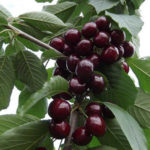
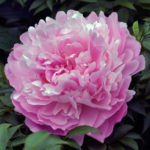
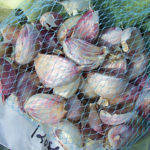
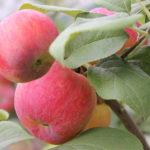

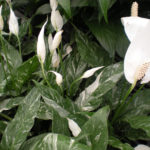



I settled Alaska next to Polka, but she did not justify hopes for pure white flowers. The color is rather creamy, with a transition to pinkish in those places where the petal bends. With prolonged rains, dark pink specks appear on the lower petals. And it doesn't smell at all. I did not observe continuous flowering, rather, it comes in waves, and the most abundant is the first. Then in September it gives out quite a lot of flowers. And so loners appear all summer. They hold the July heat perfectly, do not melt, do not burn to brown drying. The bushes are not very sprawling, rather compact, with a shorter growth compared to Polka. But completely covered with shiny and healthy, without any spots, leaves that start almost from the ground.